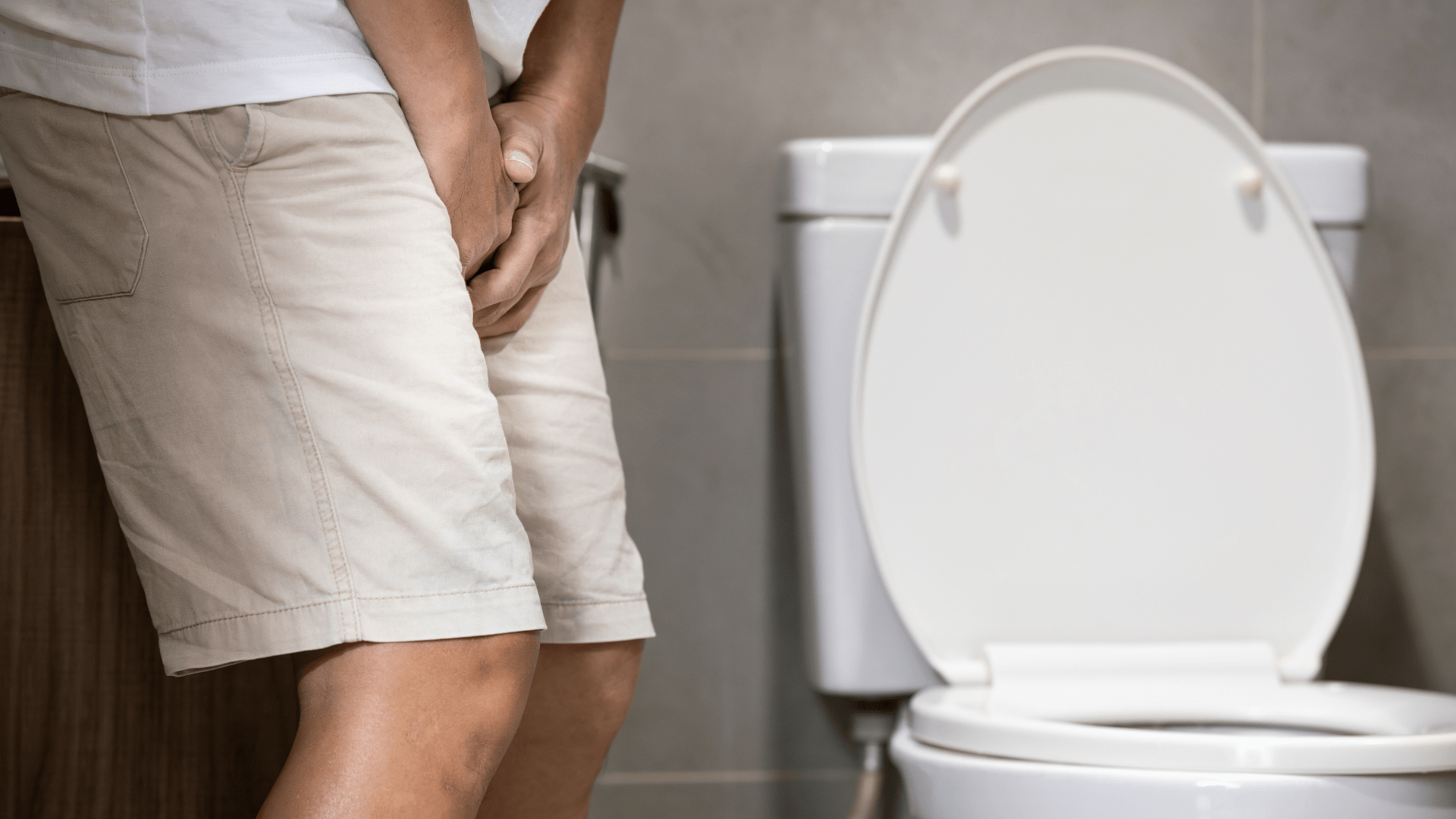Let’s face it – aging can throw a curveball at our bodies, and one area that often takes the hit is our bladder health. The bladder, our trusty urine storage and release system, plays a crucial role in our daily lives. So, what happens when it decides to take an unscheduled break or throws a few curveballs our way?
Join us on this journey as we unravel the mysteries of bladder function, explore the hurdles it faces with age, and discover the game-changing techniques to keep it happy and healthy.
Demystifying Bladder Function
Before we dive into the nitty-gritty, let’s know more about our bladder. Nestled in the lower abdomen, this hollow, muscular organ has the essential task of storing urine until it’s time for the grand exit. It can hold up to 2 cups of urine, and sends a signal to the brain, prompting a grand release through the urethra.
Factors That Weaken the Bladder
Bladder function is influenced by various factors, including age, gender, and overall health. Aging may weaken our bladder muscles, leading to reduced capacity and more bathroom breaks. Ladies, with a shorter urethra, might find themselves more susceptible to urinary tract infections (UTIs) and other bladder hiccups. It becomes worse when health issues like diabetes and obesity decide to join the party, adding extra pressure on the bladder.
Spotlight on Common Bladder Dilemmas in the Golden Years
As the years roll by, our bladder might encounter a few hiccups. Let’s take a sneak peek at some common issues and their telltale signs.
- Urinary Incontinence
Urinary Incontinence, characterized by involuntary urine leaks, can be likened to an uninvited guest crashing the party. The causes of this unwelcome occurrence include factors such as weak bladder muscles, nerve dysfunction, or an enlarged prostate in men. It’s essential to recognize these potential causes to better understand and address the issue of urinary incontinence.
- Urinary Tract Infections (UTIs)
Urinary Tract Infections (UTIs) occur when bacteria enter the urinary tract, leading to uncomfortable symptoms such as burning sensations, frequent bathroom trips, and the presence of colored urine. The recommended treatment for UTIs involves the use of antibiotics, which act as the bouncers, effectively kicking out the unwanted bacterial guests from the urinary system. This targeted approach helps alleviate the infection and restore the health of the urinary tract.
- Overactive Bladder
An overactive bladder is characterized by uncontrollable contraction of the bladder muscles, leading to urgent calls to the bathroom. Typically, the causes behind this disruptive behavior include nerve-related issues, bladder irritation, and an enlarged prostate. In some cases, certain medications can also worsen the symptoms of an overactive bladder.
Mastering the Art of Bladder Zen
Now that we’ve got the backstage pass to bladder blues, let’s explore the techniques to keep the show running smoothly:
- Always Stay Hydrated
Drink plenty of water throughout the day. Adequate hydration helps flush out toxins and keeps the bladder functioning properly. Aim for about 8 glasses (64 ounces) of water per day, or more depending on your activity level and climate.
- Limit Your Caffeine and Alcohol
Caffeine and alcohol can irritate the bladder and increase the frequency of urination. Limit your intake of coffee, tea, sodas, and alcoholic beverages.
- Maintain a Healthy Diet
Consume a balanced diet rich in fiber, vitamins, and minerals. Avoid spicy and acidic foods, as they can irritate the bladder.
- Manage Your Weight
Excess weight can put pressure on the bladder and pelvic floor muscles, leading to bladder problems. Maintain a healthy weight through a balanced diet and regular exercise.
- Practice Pelvic Floor Exercises
Strengthening the pelvic floor muscles can help prevent urinary incontinence and improve bladder control. Kegel exercises are a common way to strengthen these muscles.
- Empty Your Bladder Regularly
Don’t delay or rush to empty your bladder. Go to the bathroom when you feel the urge, and try to empty your bladder completely each time. Also, holding in urine for prolonged periods can contribute to bladder problems. Listen to your body’s signals and respond promptly.
- Always Stay Active
Regular physical activity can help maintain overall health, including bladder health. Aim for at least 150 minutes of moderate-intensity exercise per week.
A Healthy Bladder, A Happy You
In the grand scheme of well-being, a healthy bladder means a happier you! As the years gracefully unfold, pay attention to any subtle changes in your bladder’s health. Armed with knowledge and these management techniques, you can ensure that your bladder will be in good shape. With the right care and know-how, you can reclaim the stage and savor the encore of life’s golden moments.

